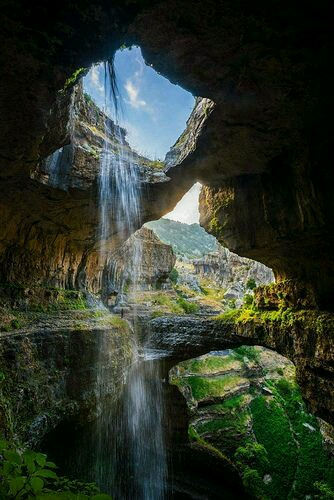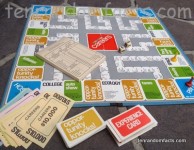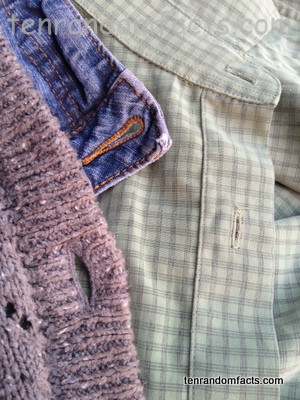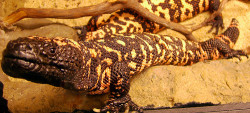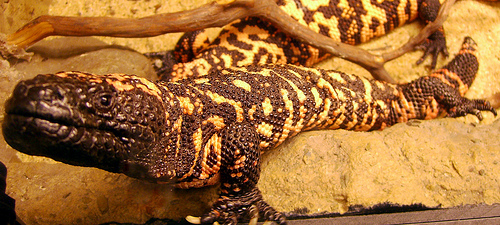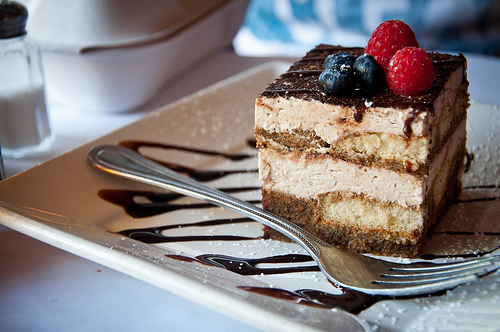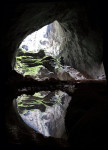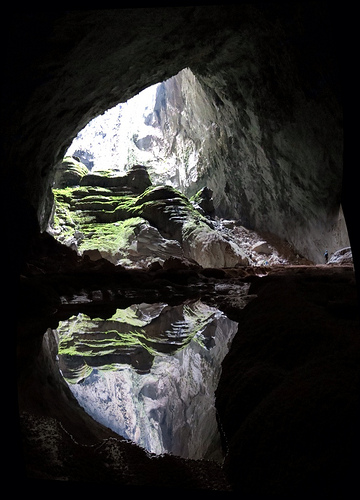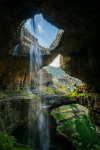
Baatara Gorge Waterfall is a wonder of erosion.
- Baatara Gorge Waterfall is a waterfall that drops through a sinkhole, and is located in Lebanon’s Tannourine, in the Middle East.
- ‘Baatara Gorge Waterfall’ is also known as ‘Balaa Gorge Waterfall’ and ‘Baatara Pothole Waterfall’.
- The Wadi Baatara stream is the water supply of the Baatara Gorge Waterfall, that originates mostly from the two springs Ain Arin and Ain Daaouq.
- Baatara Gorge Waterfall plummets vertically down a chasm, or pothole, made of limestone, named the ‘Baatara Pothole’, ‘Baatara Sinkhole’, ‘Three Bridges Chasm’ or ‘Cave of Three Bridges’.
- The water of the Baatara Gorge Waterfall drops a distance of approximately 100 metres (328 feet) while the chasm it falls into is around 255 metres (837 feet) deep.
Baatara Gorge Waterfall
Image courtesy of Bo Stern/Flickr
- Henri Coiffait, a speleologist from France, was the first westerner to discover the existence of Baatara Gorge Waterfall, doing so in 1952.
- Three naturally formed rock bridges partially obscure the view of Baatara Gorge Waterfall and they can also be utilised as vantage points.
- Once at the bottom of the chasm, the water from the Baatara Gorge Waterfall travels underground in streams which feed into an underground lake.
- Baatara Gorge Waterfall is most active during snow melts, which takes place from March to April, and the falls can cease running during other parts of the year.
- Baatara Gorge Waterfall’s water eventually flows into the Nabaa Dalli spring, and this was first discovered in the 1980s after dye tests were undertaken.
Bibliography:
Baatara Gorge, n.d, eGuide Travel, http://www.eguidetravel.com/activities/baatara-gorge/
Baatara Gorge Waterfall, 2015, Wikipedia, https://en.wikipedia.org/wiki/Baatara_gorge_waterfall
Baatara Gorge Waterfall – Top Waterfalls in the World, 2015, World Top Top, http://www.worldtoptop.com/baatara-gorge-waterfall/
Baatara Pothole Sign Photograph, n.d, Tourism Lebanon, http://www.tourism-lebanon.com/PhotoGallery/BaataraPothole/BaataraInfo.JPG
Breathtaking Baatara Gorge Waterfall & Cave of the Three Bridges [31 PICS], 2012, Love These Pics, http://www.lovethesepics.com/2012/08/breathtaking-baatara-gorge-waterfall-cave-of-the-three-bridges-31-pics/




